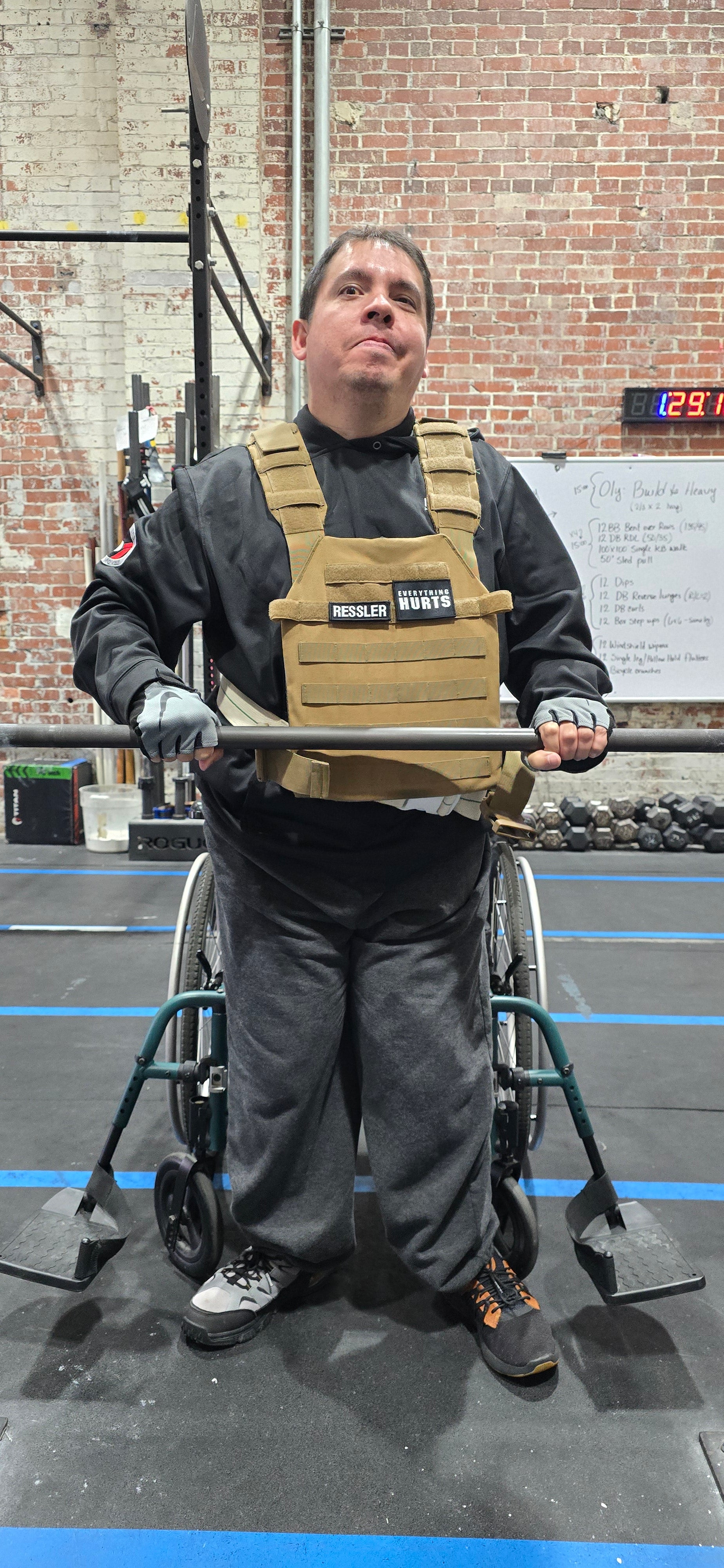1. The Solitary Path: Finding Meaning After Trauma
Trauma, whether physical or emotional, often leaves a person feeling isolated, forced to navigate a solitary path. The journey to recovery, by its very nature, is a personal one, a reality often symbolized by a single person standing at a fork in the road, choosing to walk a different way from the crowd. Philosopher Søren Kierkegaard argued that religious truth is a "personal, not impersonal, thing—that it is something we are, not something we have". This "subjective truth" requires a person to commit inwardly to God's truth, a choice that gives them the courage to stand as a "single individual" before God. For a person in recovery, this inward, solitary commitment is not a self-centered act but a necessary first step toward finding meaning in the trauma they have experienced.
A positive relationship with one’s beliefs and practices can "buffer the effects of a trauma" and provide comfort in times of distress. It can even lead to post-traumatic growth by helping a person find a new sense of purpose in their suffering. This transformative process is beautifully illustrated by the image of the blacktop with chalk-drawn shooting stars. The blacktop, once a symbol of the hard, painful reality of an accident, is transformed by a conscious act of creativity into a canvas of hope. The cracks in the pavement, much like the scars of trauma, are still visible, but they become part of a larger, more beautiful picture. This is the essence of a personal faith—the ability to turn a painful reality into a source of inspiration, a truth that is not just known but lived.
2. The Lighter Lift: From Discipline to Vulnerability
In recovery, the discipline required to rebuild the body can be a powerful metaphor for rebuilding the spirit. The meticulous, deliberate process of a bodybuilder's routine—the careful measurements, the structured workouts, the focus on incremental gains—is not merely about physical strength; it is a way of regaining control over a body that has betrayed you. The images of Muscle Hero in a quiet, isolated gym, meticulously cleaning his weights or re-racking them with perfect form, are powerful visual representations of this mindset. In these moments of solitude, he is not just building muscle; he is restoring order to his life.
However, this discipline, if taken too far, can become a "silo mode"—a way of isolating oneself from the world out of fear of its unpredictability. The images of Muscle Hero with an illegible comic-strip dialogue reinforce this point, showing a hero who is physically powerful but emotionally distant. The true "lighter lift" is not the weight in the gym but the courage to become vulnerable. This is where a personal faith becomes a practical tool for healing. Practices like prayer, which can be combined with controlled breathing, have been shown to enhance emotional resilience and regulate mood. The act of a person who has spent years perfecting their solitude, deciding to take a step toward a community of faith, is a heroic act. This journey from a self-sufficient individual to one who is ready to be a part of a community is a true measure of strength.
3. The Body of Christ: Finding Strength in Community
While a personal relationship with Christ is the foundation of faith, it is not meant to be a substitute for the communal body of believers. A person in recovery, who has found strength on their solitary path, finds a new kind of support in community. The biblical model of Christianity is not a "solo endeavor" but a collective "Body of Christ". This communal aspect of faith has been linked to numerous positive outcomes, including better social relationships, reduced mortality, and a greater sense of purpose and meaning in life.
The images we’ve created of the hero team—Muscle Hero, A.I., and Catalyst—stand as a powerful metaphor for this idea. Each hero has a unique struggle and a different source of strength, but together, they are a formidable force. The bodybuilder at the fork in the road, who chooses to walk alone, eventually finds a new purpose in a community of shared beliefs. The courage to take that first step, to leave the safety of the silo and be vulnerable with others, is a difficult but essential part of the journey. The Body of Christ is a safe environment to learn to be "soft" and vulnerable, because it is a place where every member is valued for their unique contribution and their shared journey. The "personal relationship" is the way a person builds their own vessel so it can be of service to others. This is the purpose of suffering—to build endurance and character and to teach a person to find strength in a shared, communal purpose.


